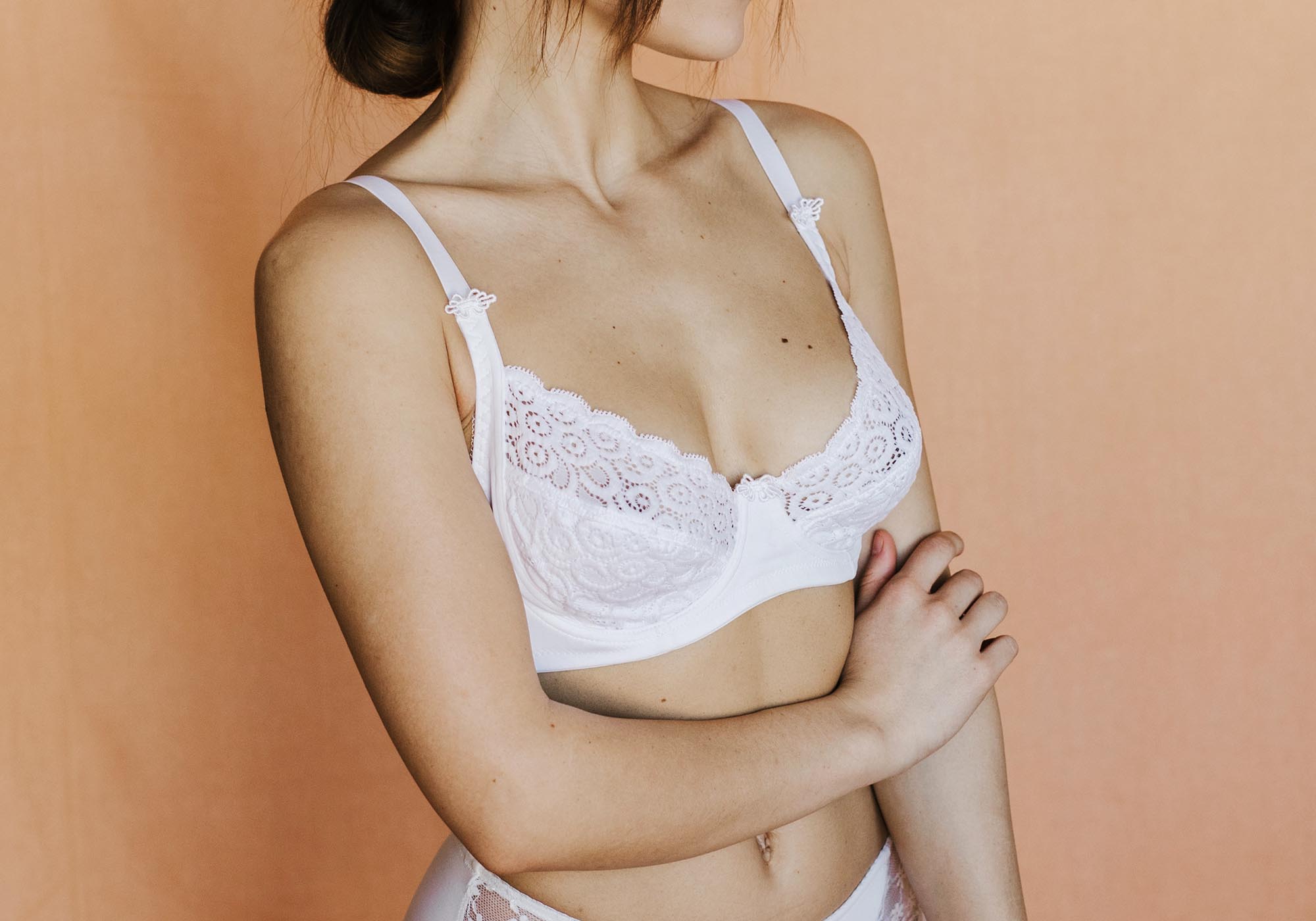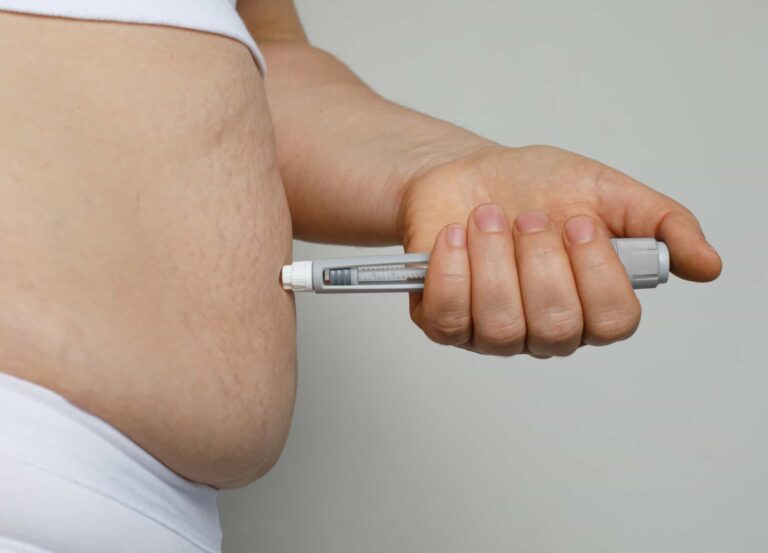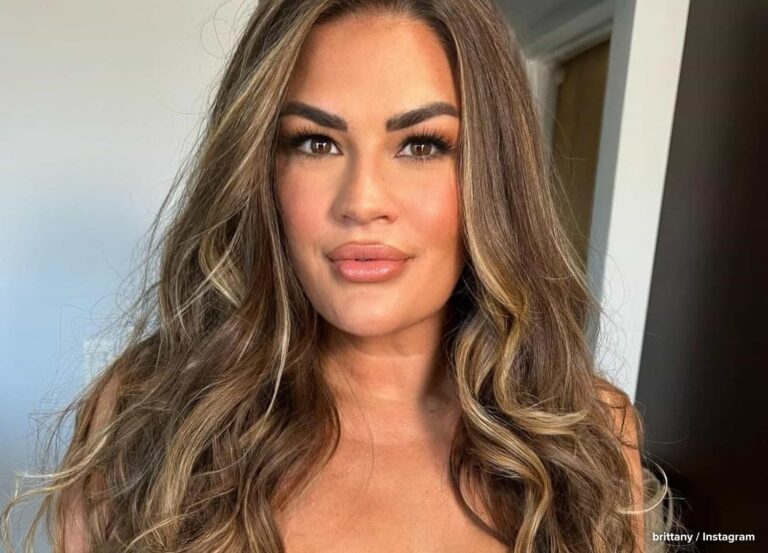Making the decision to get breast implants is a personal choice—one that people make for all kinds of reasons—and that usually comes with plenty of careful consideration. Each person’s aesthetic goals are different, and finding a plastic surgeon with before and after photos that align with your vision is crucial, but there are other factors that might be a little less obvious. Options like firmness, placement, and projection will all have an impact on how your implants look, feel, and age over time.
It’s the reason more and more breast implant manufacturers are offering a wider variation of products to further customize a patient’s look. The premium Mentor MemoryGel® Xtra breast implant line features an array of specialized options—like the new MemoryGel Xtra Moderate High profile, which creates a more projected look than the existing MemoryGel Xtra Moderate Plus profile—to better tailor your results to your desired appearance.
Confused about what projection means? Or what difference in placement even is? We spoke to three top plastic surgeons to get their take on what factors every patient should consider before getting breast implants—plus what the key terms actually mean.
How to choose breast implants
1. Size
You might think that this is the easiest decision you’ll make, however, according to Dr. David A. Caplin, a board-certified plastic surgeon and Mentor consultant in St. Louis, it’s actually a bit more nuanced. “In discussing breast size with patients, they tend to think that the standard A-B-C-D sizing system used by bra manufacturers is the same system one might use when trying to pick an implant,” he says. “However, the reality is that the clothing industry has never standardized the dimensions for an A, B, C, or D size bra.”
Instead, he says, the most important dimension to think about when it comes to size is the width of the breasts. “Generally speaking, as one looks at progressively larger implant sizes, the base dimension of the implant increases,” says Dr. Caplin. “If the implant is too wide, it is never going to sit properly on the chest wall and will never look appropriate.” He recommends using computer imaging or placing sizer implants in an unpadded bra, to see how you would look with different sizes of implant. “Too often, patients are stuck on a ‘bra cup’ size rather than the appearance,” adds Dr. Otto J. Placik, a board-certified plastic surgeon in Chicago. “Placing sizers allows patients to see visible and tangible results reflected in a mirror, combined with the actual weight of the chosen size.”
2. Projection
This is one factor that might be unfamiliar to most patients, but it will have a major impact on the overall look and shape of your breast implants. As Dr. Placik explains, projection refers to the amount that the implant extends forward from the chest wall. Projections are commonly grouped into different classes that include low, moderate, moderate plus, moderate high (exclusive to Mentor), high, or ultra-high profiles. “Patients seeking a preferred projection can select from a less projecting implant or a more highly projecting [one],” he explains. “While a ‘flatter’ less projecting implant may be termed ‘more natural,’ in some instances, this may not fulfill the patient’s vision of a ‘perkier’ breast. While some may be intimidated by a higher-projecting breast, they may achieve a fuller overall breast appearance.”
One of the reasons that Mentor’s MemoryGel Xtra Breast Implants are so well-liked by surgeons is the ability to offer an array of projection options without increasing the base dimension of the implant and causing the sizing issue Dr. Caplin warned of earlier. “The benefits of the Precision Fill in all the MemoryGel Xtra implants, coupled with now having a choice of an implant with extra projection—but a narrower base—makes for a very appealing choice in the appropriate patient,” he says. “In both augmentative and reconstructive surgery, there are cases where the narrower base dimension and the extra projection best match the patient’s anatomy and the outcome they desire.”
3. Type
The age-old question of “Silicone or saline?” is also important for patients to consider. Each has its benefits, although most surgeons these days tend to use silicone implants because, as NYC board-certified plastic surgeon Dr. Melissa Doft explains, silicone feels more like breast tissue. “Silicone implants also have a lower rate of rippling,” she says, “which is important in thin patients.” The downside to silicone implants, however, is that if they do rupture, it will most likely be “silent,” meaning you won’t necessarily be aware of it, whereas in the case of saline—which, unlike silicone, can be absorbed by the body—the breast will deflate and it will be immediately apparent that a rupture has occurred. The good news is that, in general, ruptures are not a cause for health concerns, since most silicone implants are gel-sealed, meaning that there is no free-flowing liquid and the implant will stay contained to the surgical capsule or implant pocket, if a rupture occurs.
4. Placement
The placement of your breast implant will also influence how it looks and feels. A surgeon can insert an implant either over or under the pectoralis muscle, says Dr. Placik. “Over [the muscle] is generally a less invasive procedure, with quicker recovery,” he explains, “but results in a more prominently visible implant for a given size that may obscure mammographic imaging of the breast gland. Under [the muscle] is more invasive, requiring elevation of the muscle and is associated with an animation deformity [a change in shape with forced muscle contraction] but produces a softer contour, with improved radiologic imaging of the breast.”
He notes that most surgeons feel under-the-muscle placement also lowers the incidence of capsular contracture, a condition in which there is an abnormal tightening of the membrane of scar tissue (commonly called the “capsule”) that naturally forms around all breast implants and causes breasts to feel sore and stiff and look asymmetrical or unnaturally shaped. But Dr. Doft notes that some surgeons prefer to place implants above the muscle in patients with sagging breasts in order to avoid having to also perform a breast lift.
5. Fullness
How full an implant is not only has a direct impact on how your breasts look and feel post-surgery but can also determine how they will age. Dr. Placik likens the fullness of an implant to that of a partially full balloon. “A less full implant may [feel] softer,” he says, “but an implant that is fully filled is far less likely to fold or wrinkle—especially important in [patients] with sparse amounts of breast tissue to cover the implant—and also has greater ability to form and maintain a stable shape.”
As Dr. Placik mentioned earlier, the Mentor Memory Gel Xtra line features a Precision Fill, meaning they are fully filled. “What makes MemoryGel Xtra unique is [that] the greater fill used allows the implant to resist being compressed by the external forces generated by the breast tissue, muscle, or skin envelope and less likely to deform. This form stability is able to achieve gentle but persistent redraping and long-term remodeling of the breast mound, to create a more desirable aesthetic appearance or correction of preexisting deformities.” It’s also worth mentioning that on the rare chance that a Mentor implant does rupture, the Mentor Promise Protection Plan provides free lifetime replacement of the implant.
6. Firmness
The firmness of your implant will also determine the look and feel of your breasts immediately post-surgery and as they age. “A firmer and fuller implant has greater ability to shape early stages of sagging and achieve a mild lift,” says Dr. Placik. Adds Dr. Caplin, “The highly cohesive implants, such as the Mentor MemoryShape, are a little more firm than traditional round gel-filled implants. However, under the muscle, they have a very youthful and natural feel to them.”
Bottom line
This might all seem overwhelming, which is why it’s important to consult your surgeon, to discuss your options and how each of these factors will impact your desired results and work with your body’s specific anatomy. “The most important piece of advice I give patients when they are thinking about having a breast augmentation is to give careful thought to all the detailed information that I provide during the consultation,” says Dr. Caplin. “If they have questions, they need to contact the office and get these answered before they make any decisions.” Adds Dr. Placik, “Seeking a consultation with a board-certified plastic surgeon whose team is familiar and experienced with these options will optimize the patient’s outcome. An educated patient can better appreciate the possibilities available to them and play a greater role in achieving their desired outcome.”
Disclaimer: The viewpoints expressed in this article are those of the author(s) and surgeons included; they do not necessarily reflect the opinions and beliefs of Mentor.











